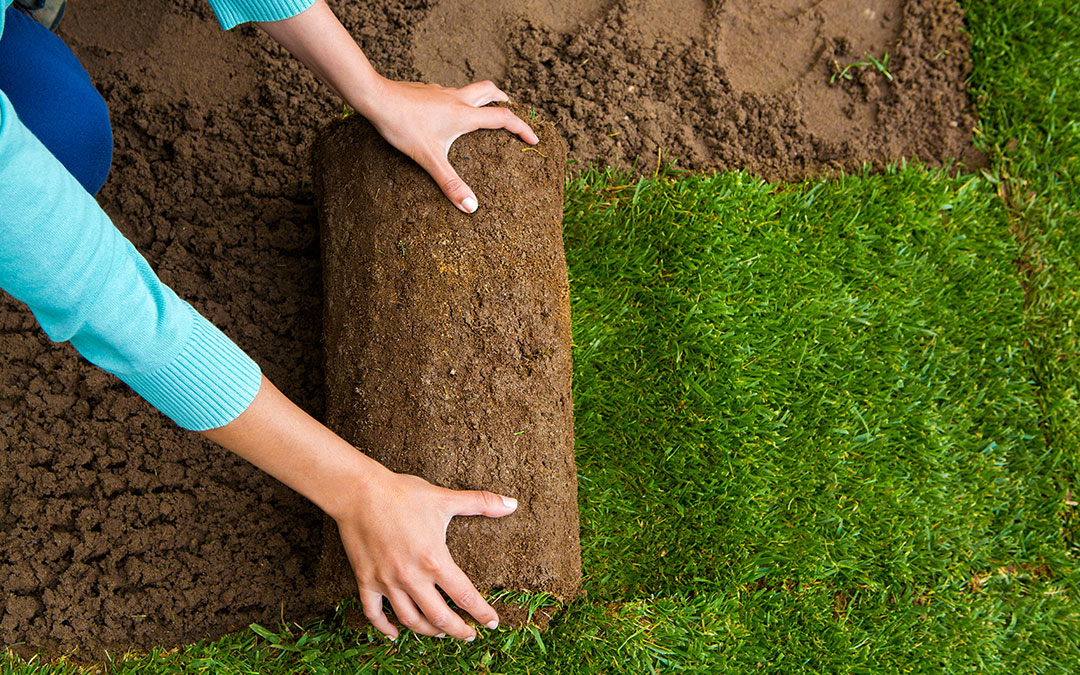Whether you are trying to establish your lawn from grass seed or sod, it is important to prepare the soil properly. This includes a soil test, amending poor soils with compost, rotted manure, peat or quality topsoil and control of perennial weeds.
Sodding provides immediate gratification and is better suited for erosion control than seeding. It also requires less maintenance after installation.
Cost
The cost of sodding can be an important consideration for any homeowner. There are a number of factors that can influence the price of sod, including the type of grass chosen, delivery fees, and installation costs. In addition, any existing hardscaping or water features should be considered when determining the budget for a sod project. These items can make it more difficult for a professional to lay the sod and may require them to work around them instead of over them.
Sod is typically sold in pallets and one pallet can cover a lawn area of up to 450 square feet. This means that a typical sodding project will require 2 or 3 pallets. In addition, it is recommended that the soil be prepared before sodding. This will include removing any existing grass and weeds, churning and tilling the soil, and adding nutrients.
Sod is a more expensive method of establishing a lawn than seed or hydroseed, but it offers an instant lush green yard. Sodding also requires less maintenance than a seeded lawn, at least during the first few weeks after it is laid. A sodded lawn also helps control erosion by holding the soil in place and preventing runoff. This is a significant benefit when landscaping your property in an area that experiences heavy rains.
Appearance
Sodding gives a finished appearance to your lawn that seeding cannot achieve. It also provides instant results, as opposed to the weeks of waiting for seeds to sprout and grow. In addition, sodded lawns require less water and fertilizer than seeded ones. However, sodding is a more expensive option than seeding.
Sod is a form of turf grass that has been grown and shipped from the farm to the home site. It is often used in areas that are prone to flooding or erosion, and it helps prevent soil and debris from washing into drainage systems or local water bodies.
Many different types of sod are available. The most common types include ryegrass, bluegrass, and tall fescue. Cool-season sods such as ryegrass and bluegrass are best for northern climates because they thrive in cool temperatures and can survive harsh winter weather. Warm-season sods, such as tall fescue and buffalograss, can be used in southern climates and are better adapted to the hot summer weather of the region.
It is important to maintain a high-quality sod lawn by watering regularly. The sod should be watered thoroughly, usually within 30 minutes on hot days, and the moisture should be checked frequently. Avoid over-watering as it can cause the sod to rot or become muddy. It is important to fertilize the sod according to a soil test to maintain healthy growth and color.
Maintenance
A beautiful lawn is a big selling point for many homes. It adds beauty & curb appeal, but also reduces water runoff from the property & helps keep dirt out of storm drains. Sodding is an effective way to achieve this, as it provides instant grass & is often ready for heavier lawn activities such as family sports or lawn tennis after only two weeks.
Once the sod has been laid, it needs to be watered regularly & thoroughly. This is especially important during hot weather, when the soil can become dehydrated more quickly. However, it is also important to avoid overwatering, as this can cause the roots to rot & lead to disease. It is recommended to water the sod in the morning or evening, so that it has a chance to soak up the moisture before the sun comes up & evaporates it.
Proper maintenance is critical for new sod, as it can be expensive & difficult to replace. Performing routine soil tests is important to ensure that the sod has the proper nutrients to thrive. A good quality weed control product is also necessary to prevent unwanted plants from growing in the sod & competing for the same water & nutrients that the sod does. This should be applied after the sod has established a robust root system, which usually takes four mowings to accomplish.
Installation
A healthy lawn provides many benefits to homeowners, including stabilizing soil (preventing dust and mud), controlling storm water runoff, reducing rodents and household pests, dissipating heat, and creating a pleasant environment for outdoor activities. It also helps to control erosion, and can increase property value by making it easier for prospective buyers to imagine living in the home. Lawns can be established by seeding, sodding, or sprigging. Sodding is the quickest and most effective way to establish a new lawn, especially when appearance is a major concern.
Sodding involves the installation of mature turf that has been cut into long strips and rolled like carpeting to be installed in a new grass area. Unlike seed, sod is ready for immediate use, and can prevent erosion, and reduce the time needed to establish a lawn. It also requires less water to maintain.
To ensure a successful sod installation, the soil should be prepared by removing existing grass, weeds and roots, tilling or rototilling and adding nutrient-rich topsoil. It is important to lay the sod correctly, as improper installation can lead to a number of problems, such as root death or lack of establishment.
Sod should be laid perpendicular to the direction of water flow, and staggered in a brick-like pattern. It should be firmly secured with wood pegs, wire staples or split jute netting, particularly in areas that are on slopes. It is also important to fertilize the sod regularly, based on results of a soil test, to maintain good color and vigor.

